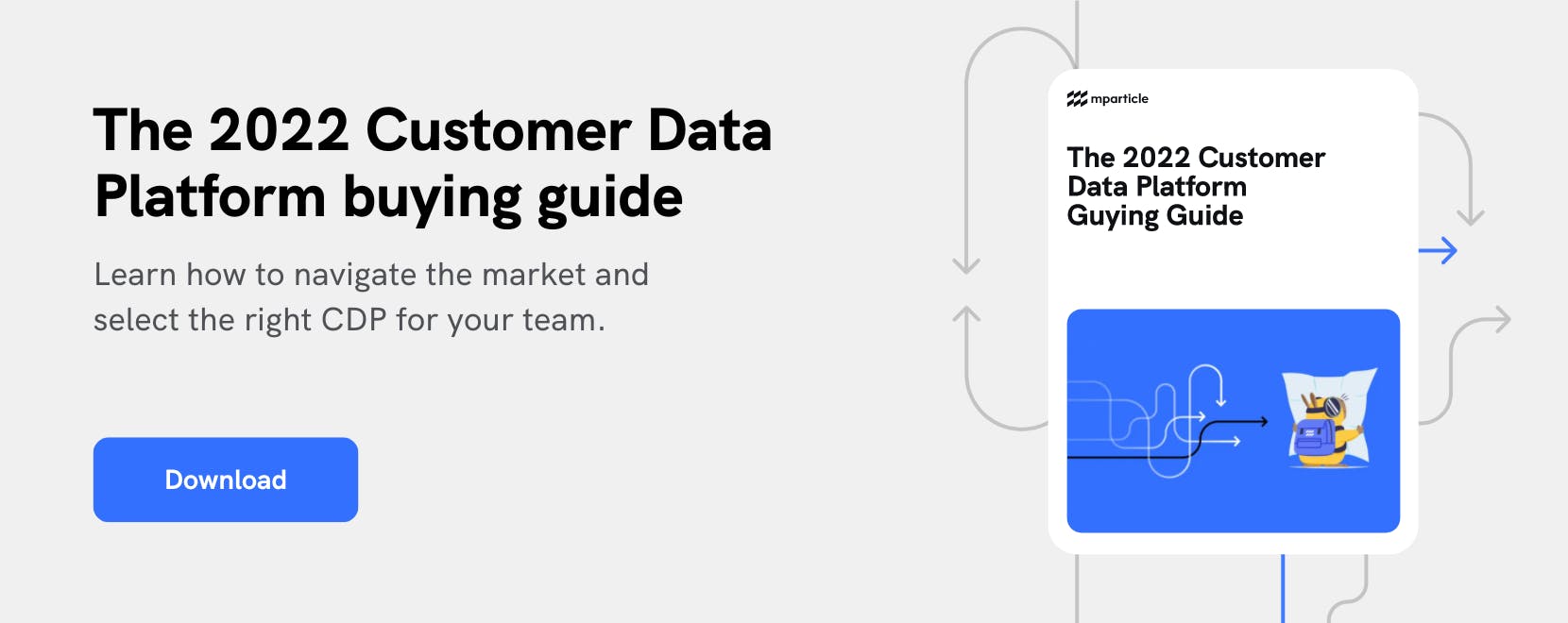15 questions to evaluate CDP data preparation capabilities
Marketing technology analyst David Raab explains how customer data platforms can enable data transformations and how to ensure the right fit for your needs.

The core functions of a customer data platform (CDP) include loading data into a central location, preparing the data for use, and connecting it to external systems. While many CDPs focus on loading and connecting data, what happens in between is crucial to making your data actionable. The most important processes completed in this phase are data cleansing, standardization, and enhancement; linking of data that relates to the same entity to build a unified customer profile; and reformatting the data for external system access.
Full CDP evaluation
The right CDP will deliver high-quality data to your external systems, making thorough CDP evaluation critical. Below I’ve outlined a few questions you need to ask yourself about data preparation during your CDP evaluation to find the one best suited to your needs.
Data cleansing
Cleaning may include removing characters, data elements, or entire records to isolate and highlight significant information. Before starting the process of cleansing your data, consider these questions during your CDP evaluation:
- What kinds of cleaning processes are available?
- How are cleaning rules defined?
- What standard cleaning rules are available so users need not create them from scratch?
Data standardization
Data standardization adjusts for inconsistencies caused by data entry errors, lack of entry standards, and inconsistent standards in different systems. For example, product names are often inconsistent despite the data being consistent across systems.
- What kinds of standardization processing are available?
- What reference data sets are available?
- Is there the option to retain original values rather than replacing them?
Data enhancement
This refers to adding data related to the contents of input records. Typical examples are appending demographic data (age, income, interests, etc.) to individual data or company information (revenue, number of employees, industry, corporate parent, etc.) to business data.
- What type of enhancements are available?
- What’s the process required to connect with an enhancement source?
- How long does it take to append the enhancement data?
Cross-device matching
Cross-device matching links an identified device to all related devices to create a better individual customer profile. Some cross-device matching is based on conventional chaining techniques: e.g., if the same customer logs into their account on two different devices, those devices are both linked to the customer and, via chaining, to each other. Other device linking is based on “probabilistic” methods, in particular identifying devices that are repeatedly used at the same time and place.
- Does the system perform cross-device matching using the client’s own data?
- Does the system integrate with commercial vendors for cross-device matches?
- How often are matches re-verified?
Persistent IDs
A persistent ID is a permanent ID assigned to an individual, which can be retained despite changes in identifying information including mailing address, web cookies, and device IDs. Persistent IDs are especially important in tracking the history of a customer over time since they create links even when the original identifier on the data may no longer match the current identifier.
- How does the system associate old and new data for a customer when there is a change in the associated identifier (email address, phone number, account ID, etc.)?
- Can the system associate multiple values for the same identifier with one customer; are there any identifiers that cannot have more than one value per customer?
- Can the system maintain multiple persistent IDs for different entities (individuals, households, business sites, etc.



